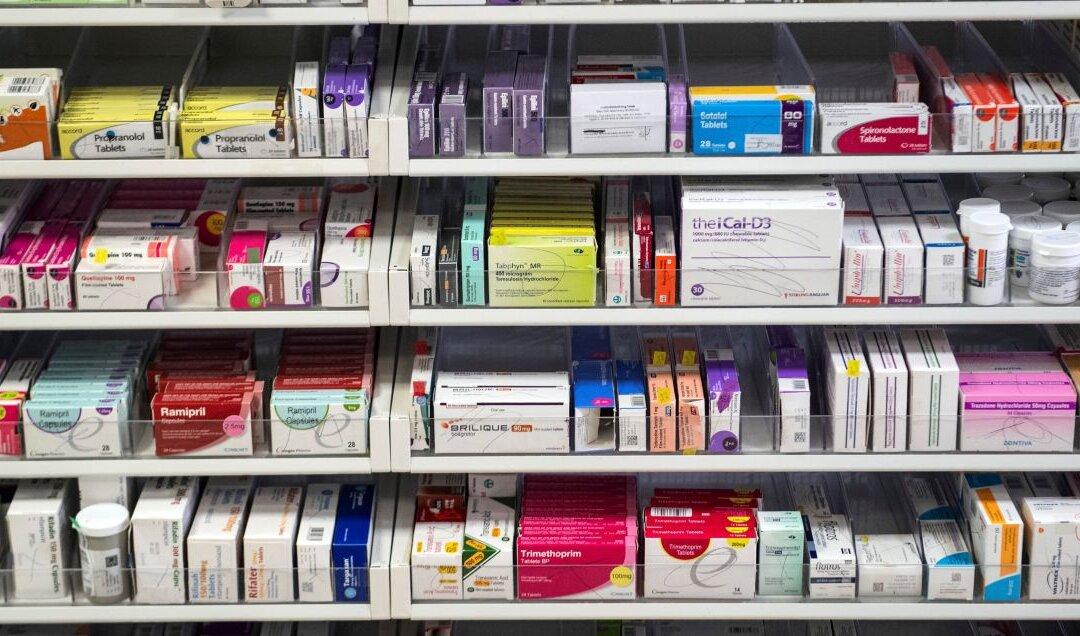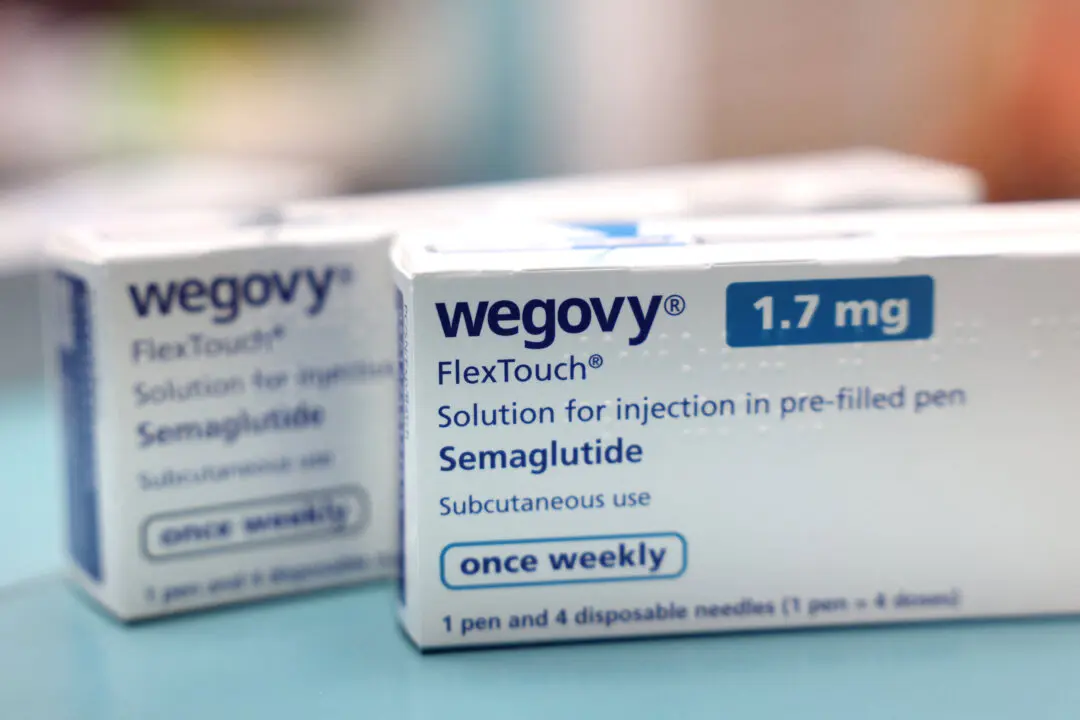A brand of over-the-counter eye drops could be linked to a bacterial infection that left one person dead, the Centers for Disease Control and Prevention (CDC) said in a notice urging consumers to stop using EzriCare Artificial Tears while an investigation is underway.
The CDC said (pdf) in a document circulated by the American Academy of Ophthalmology (AAO) that it has identified at least 50 people in 11 states with Pseudomonas aeruginosa, a type of antibiotic-resistant bacteria. Cases in California, Colorado, Connecticut, Florida, New Jersey, New Mexico, New York, Nevada, Texas, Utah, and Washington have been reported so far, according to the agency.





